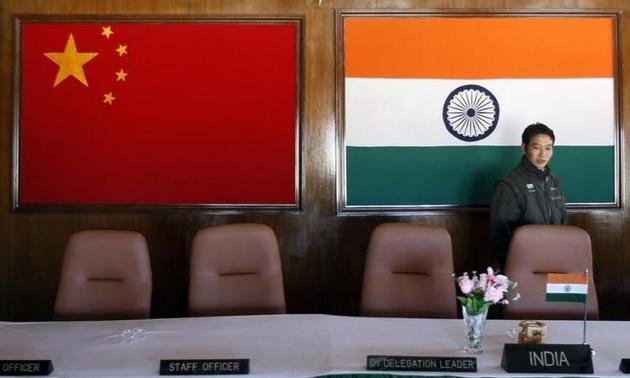Doklam standoff: Patience and steadfastness are the key to dealing with China
The present Doklam standoff is about New Delhi, belatedly, deciding it must put an end to a long-standing Chinese practice of nibbling away at Bhutan’s border
The Indian government effectively offered to engage with China over the Doklam plateau dispute through its foreign secretary’s speech in Singapore. In its initial response, the Chinese foreign ministry signalled it was not interested. Things may yet change, but there are increasing signs that New Delhi and Beijing are hunkering down for a long and protracted standoff. But the continuing cordiality displayed at the highest levels and the fact that the thousands of soldiers involved have not fired a weapon in anger indicates there is no desire for a genuine military confrontation.

Such a contest of patience is not unheard of between India and China. The Sumdorong Cho incident along the Arunachal Pradesh border in 1986 saw tens of thousands of soldiers deployed on both sides, lasted militarily for over a year and diplomatically took eight years to resolve. But it paved the way for over a decade of peace along the Sino-Indian border and stabilised bilateral relations as a whole.
The present Doklam standoff is about New Delhi, belatedly, deciding it must put an end to a long-standing Chinese practice of nibbling away at Bhutan’s border. Chinese official anger is presumably because it is surprised at India deciding to stand up for an ally. Beijing cites an 1890 treaty, Thimpu points to agreements of 1988 and 1998, and New Delhi references an understanding of 2012 so the validity of each other’s claims is best left to the lawyers.
Ultimately this is about Beijing’s belief that it has arrived as a superpower and India’s view that at least in its immediate neighbourhood it must resist China’s advances. This is not a total mismatch. Pakistan is roughly a fifth the size of India in economic and territorial terms but still gives New Delhi a run for its money.
Weiqi is a Chinese board game whose name means “game of encirclement.” Better known in English as go, a player wins by seizing territory and surrounding the enemy. Pieces can be captured, but Weiqi is really about victory through manoeuvre and not direct conflict. Beijing uses Weiqi tactics in its territorial disputes with its neighbours. The idea is to win by making the other side assume resistance is futile rather than by the actual use of violence. The Narendra Modi government must recognise that its best weapon is patience and steadfastness that is not governed by media concerns or even the election cycle. As previous crises have shown, what defines a loss is a sense, both at home and abroad, that New Delhi sought to find a solution at any cost rather than a solution that sends a message.





